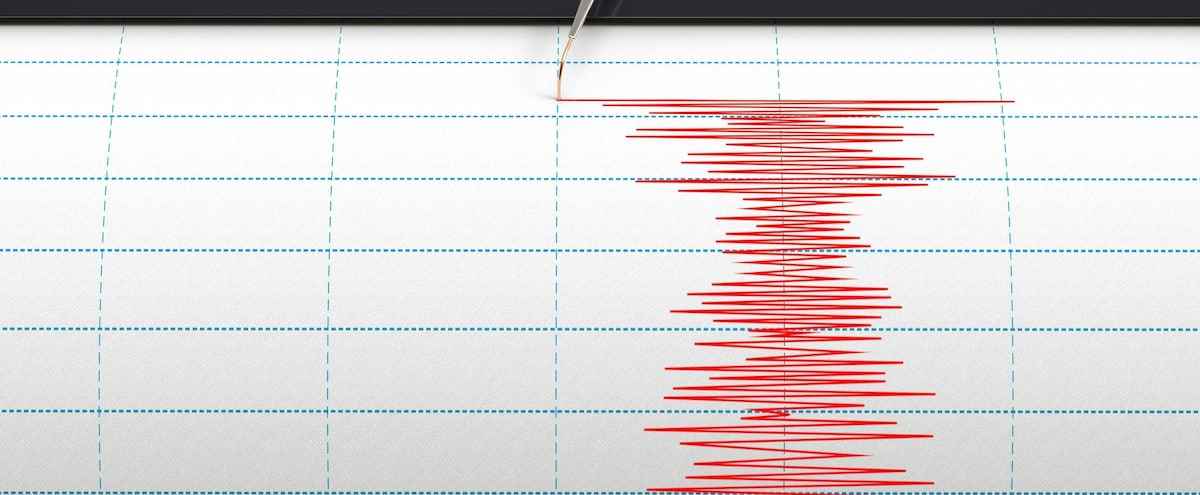The awakening was brutal for several citizens of Val-d’Or, in Abitibi, early Tuesday morning, due to a 3.2 tremor attributable to the activity of the Goldex mine located in the sector.
The quake, called a “mining event” by Earthquakes Canada, occurred at 6:39 a.m., 1.1 km underground. According to the federal body, the tremor was “strongly felt” in the region. This information was corroborated by several citizens of Val-d’Or who mentioned on social networks that they had been awakened by the event.
“[J’ai] very well felt the vibration in my bed, as well as the rumbling”, wrote Johanne Talbot on Facbeook. “I woke up with a start, I was sure the block was falling apart,” added Noémie Pelletier-Lalonde. More than 50 people reported feeling the event at Earthquakes Canada.
More fear than harm mine
Goldex, owned by Agnico Eagle, reported that none of the workers underground were injured and all had been brought to the surface by mid-morning. She indicated that the day shift had been canceled “preventively” and in order to “proceed with the inspection of the infrastructures”. Agnico Eagle also said it was in contact with the Commission for Standards, Equity, Occupational Health and Safety (CNESST) and wanted to comply “with future requests, if necessary”.
The miner added on social media that it is relatively common for underground activity at its gold mine to cause “normal bedrock readjustments”. A blast had taken place at the mine the day before the earthquake, around 5 p.m.
“It is not possible to attribute the seismic event to a particular blast, we were told by email. Although a large proportion of seismic activity occurs during blasts or within minutes of blasts, seismic events can occur hours, days or weeks later.
Less frequent than natural earthquakes
According to Natural Resources Canada seismologist Claire Perry, this type of earthquake attributable to mining activity is relatively frequent in the region, but less so than natural earthquakes. By way of comparison, she mentioned in an interview that there have been 108 natural earthquakes within a radius of 300 km around Val-d’Or since the year 2000 compared to 39 mining events.
She further believes that aftershocks are possible, but unlikely. “Generally the aftershocks get smaller and smaller after the main event. But we could also see the case where aftershocks increase. But it is mainly for natural events. There, we will probably not see an aftershock since it is an event linked to mining activity”, she explained to us.
The 1935 earthquake, the largest in the region
The largest earthquake recorded in Abitibi-Témiscamingue occurred in 1935 near the town of Témiscaming, in the far south of the region. It was reported that 80% of the chimneys in the city had been damaged.
The 6.1 quake was felt as far away as Mattawa and Sudbury, Ont., 65 km away.
About 300 km from the epicenter, a landslide caused by vibrations had also been observed near Parent, in Haute-Mauricie, along the Canadian National railway.
